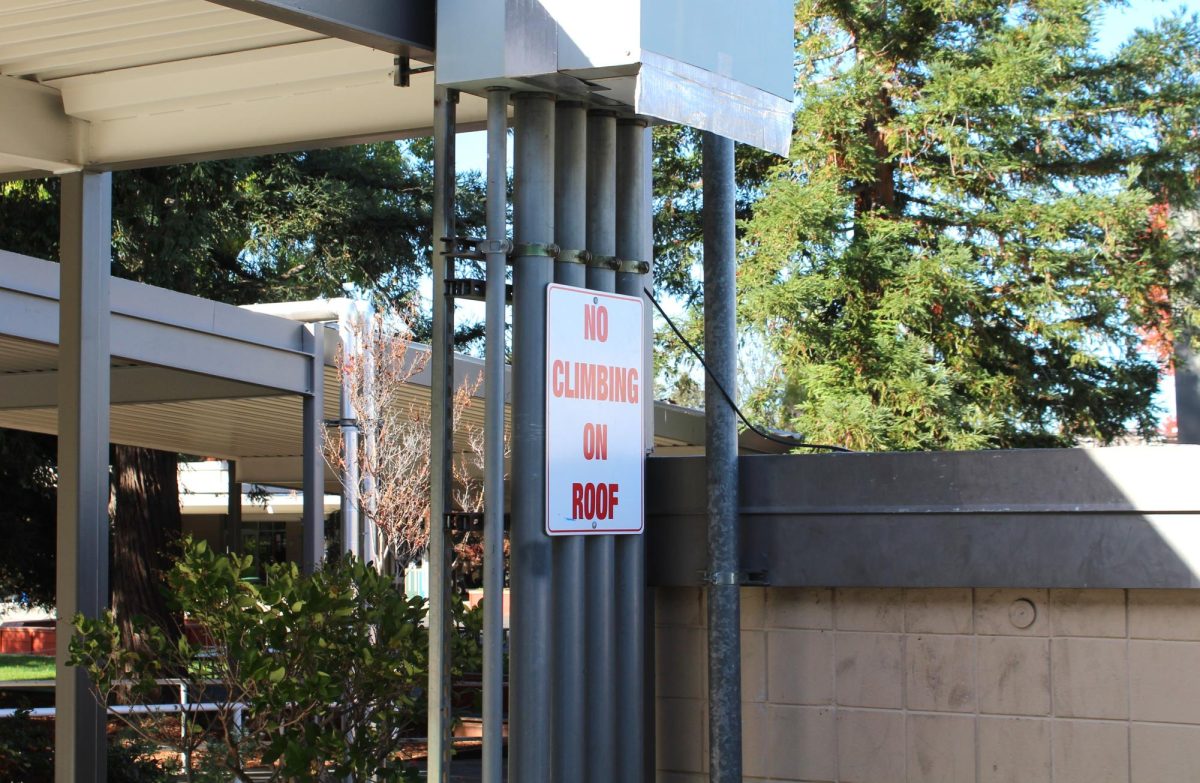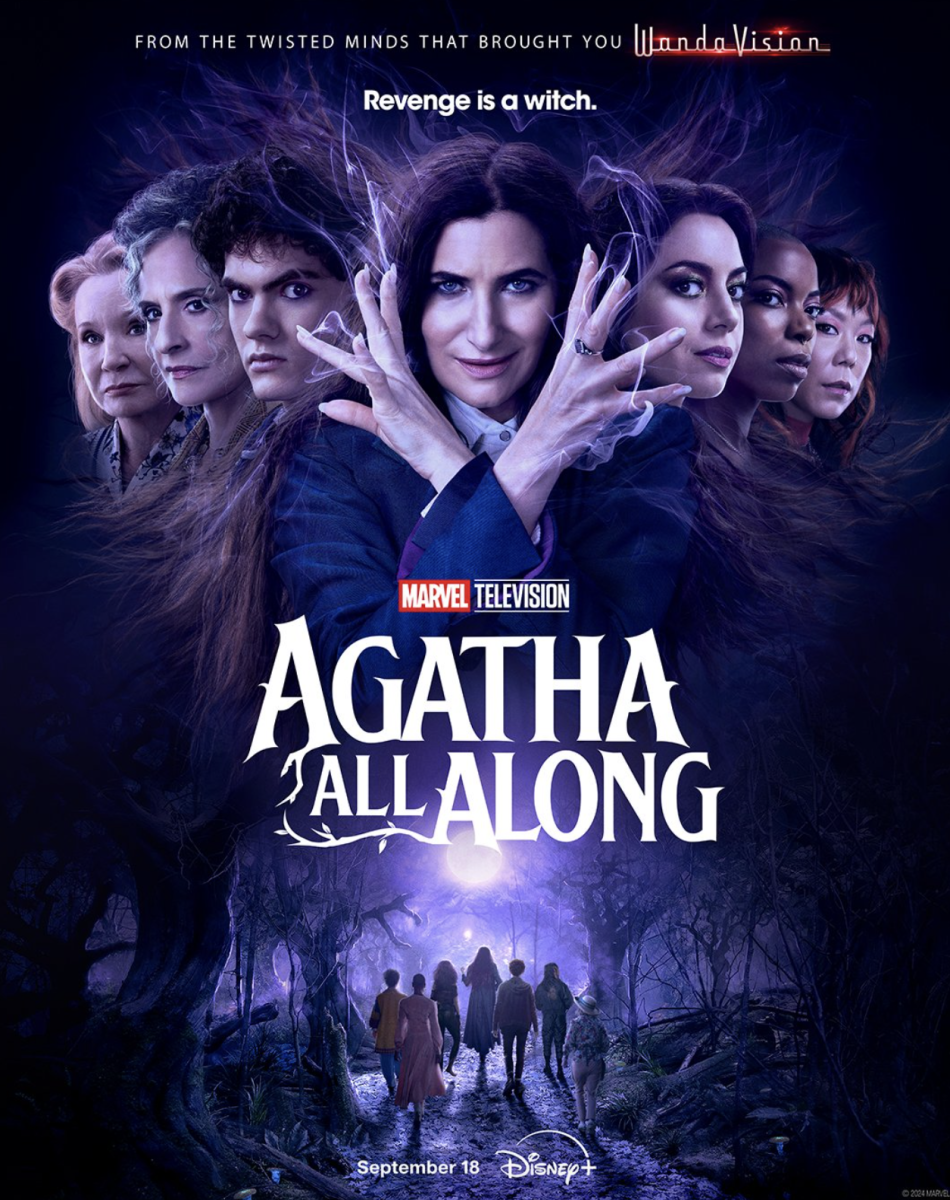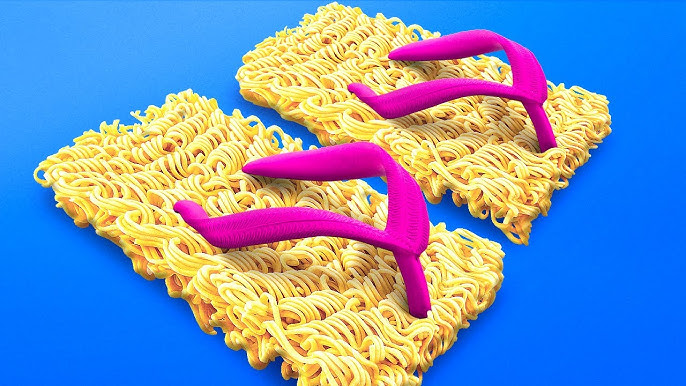After visual arts teacher Diana Vanry — who taught Arts 1, 2, 3, 4 Honors and AP Drawing, as well as Ceramics 1, 2 and 3 — retired at the end of the 2021-22 school year, Media Arts Program teacher Joel Tarbox has taken over all the art courses while continuing to teach AP Art History.
Although Ben Brotzman has taken over teaching MAP’s Senior Media Arts Lab this year, Tarbox is involved as the MAP technology coordinator.
Tarbox said Vanry had been an integral part of the Visual Arts Department, having taught all levels of art and ceramics for 12 years.
“She was unbelievably versatile in a number of areas” and ran all her classes with efficiency and effectiveness, he said.
This year, Tarbox is looking to preserve the same learning environment Vanry provided for her students — one that is calm and “conducive for creativity.” Building on the same art assignments Vanry had given students in the past, he hopes to incorporate aspects from his own experience as a painting major for his Master of Fine Arts degree and ongoing artist to help students explore new art mediums and develop their personal style.
While Tarbox is beginning his eighth year teaching at the school, he has taught AP Art History for nearly a decade. At his previous school, a public charter school called Pacific Collegiate School in Santa Cruz, he taught all levels of art from Art 1 to AP Art, AP Art History, Video Production and Graphic Design.
Though he has mostly taught digital arts here, Tarbox has a background in traditional art as a painter. He received his Master of Fine Arts degree in painting from Northwestern University and regularly advises Media Arts students on their portfolios. He has also created his own portfolio of modern, angular landscape paintings.
He is looking to get back into the groove of teaching traditional art and developing a successful curriculum.
“While I see digital and traditional arts as merely different art mediums, I miss the tactile and crafts experience of teaching traditional art,” he said.
His main goal for teaching visual arts is to “provide a space for students to learn by doing” and motivate them to experiment outside their comfort zone. Tarbox is also hoping to incentivize lower-level art students to engage with the elements of art more, as he said the activities in Art 1 can appear basic.
“I love getting back into teaching traditional art,” Tarbox said. “It’s a bit overwhelming in the sense that there’s a lot to juggle with five levels of art, but so far I’m really impressed by the level of sophistication of the work that my students are doing, particularly the AP Art students. Some of their work is college-level — I’m pleasantly surprised.”


























